
I started my boot camp business in 2005 on a little patch of grass in front of a gymnastics gym. I didn’t have much money and spent what little I had on a few bands. Our workouts were mostly bodyweight with a few exercises done on the picnic table in front of the gym.
I had to be creative and think outside of the box. Before the TRX came out, I was already doing many of the exercises with beach towels wrapped around trees. I also bought PVC pipes and filled them with sand to use for presses, squats and deadlifts.
As my business grew, I spent almost all of my money on purchasing more equipment. I bought some kettlebells, I picked up logs on the street, and used whatever else I could find as exercise equipment.
Slowly as I earned more money, I bought more equipment. Once we moved from the patch of grass into an 800sqft space, I bought a few more kettlebells, some medicine balls, and I had a friend build a pull up bar.
After a year, we outgrew that space and I moved to a 2,100sqft building—then we moved up to my current 5,000sqft location. Now, I was able to buy a lot of equipment and I spent a fortune on stocking my gym. Every cent I made went back into the gym as I bought more equipment.
As a fitness professional and gym owner, I constantly receive tons of catalogs in the mail full of equipment to buy. I started looking at how I could use what I had to replicate new exercises but at a fraction of the cost. Soon, I became a regular at Home Depot and Lowes!
I found that I could replace everything from sleds to the popular earthquake bars dirt cheap.
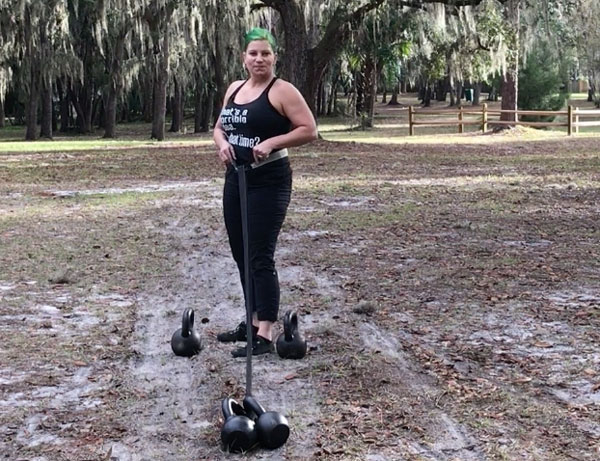
A couple of months ago, I went to Orlando and met up with Adrienne Harvey. I packed my car with name brand portable sleds, my earthquake bar, kettlebells and my homemade equipment.
Adrienne and I filmed exercises using my expensive equipment and then filmed the same exercises with better options using my homemade equipment and kettlebells.
I wanted to show gym owners and exercise enthusiasts how they can get creative on the cheap by using kettlebells and a few items from a hardware store.
Here is what I used to make the equipment I used for part 1 of this series.
For sleds:
Lowes SmartStraps 2-in x 20-ft Tie Down ($19.98)
Watch the video, go to the hardware store, grab some kettlebells and get creative.
I’d love to hear how you’ve improvised, created new exercises and workouts with your kettlebells.
Stay tuned for part 2. I will show you how to make your own earthquake bars at 1/8th of the cost.
****
Senior RKC, Laurel Blackburn owns Boot Camp Fitness and Training and Tallahassee Kettlebells. Look for Laurel at www.bootcampstogo.com or www.tallahasseekettlebells.com.
In her early fifties, Laurel is out to prove that age is just a number. Her goal is to motivate and inspire people everywhere, both young and old that strength, flexibility and mobility can get better with age. Follow her adventures on her blog: www.SuperStrongNana.com.
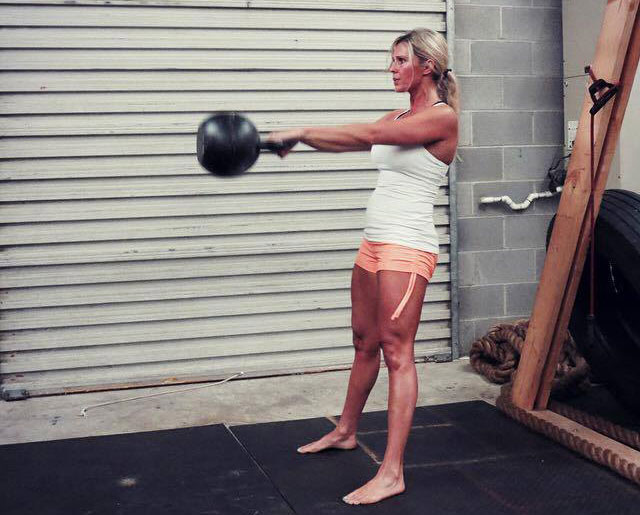
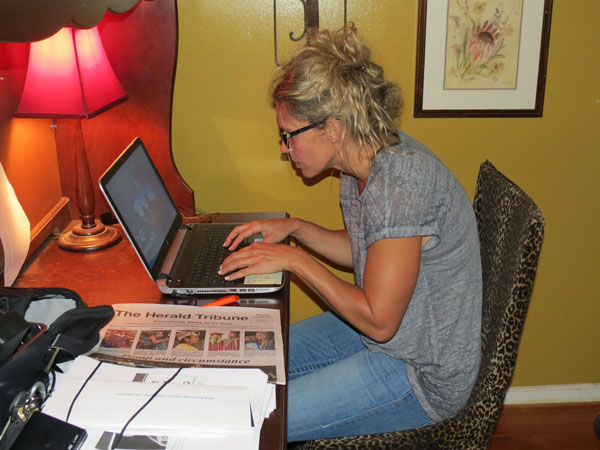
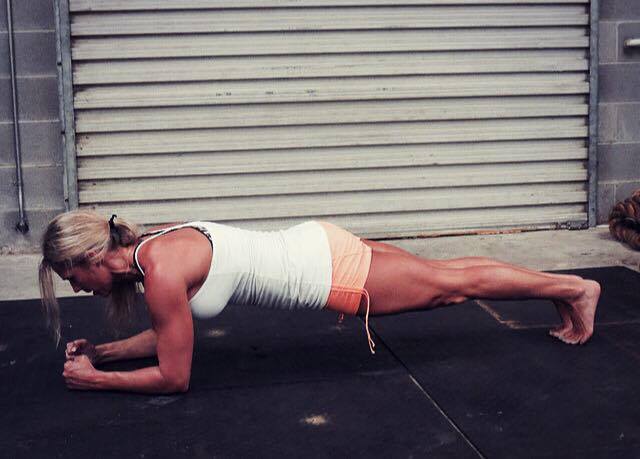
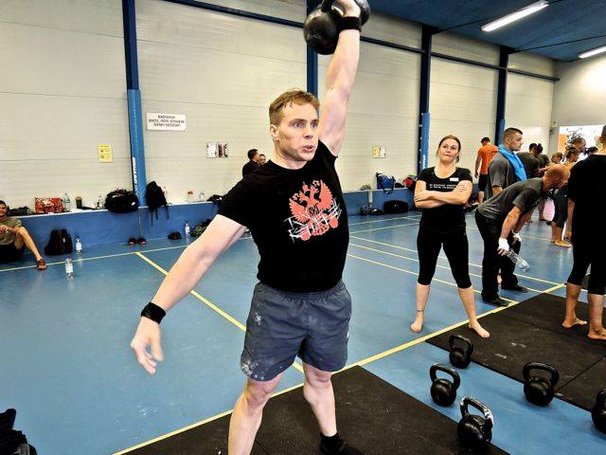
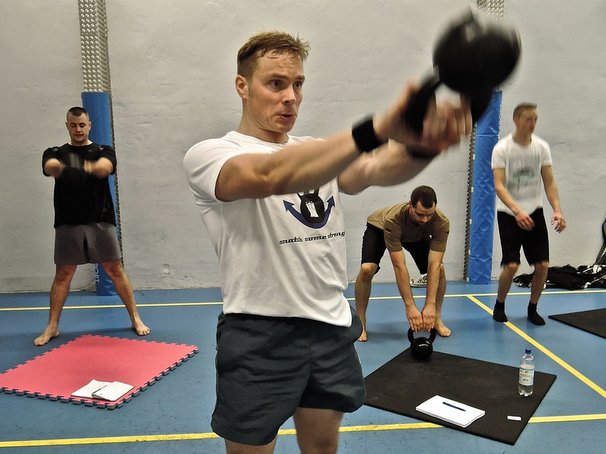
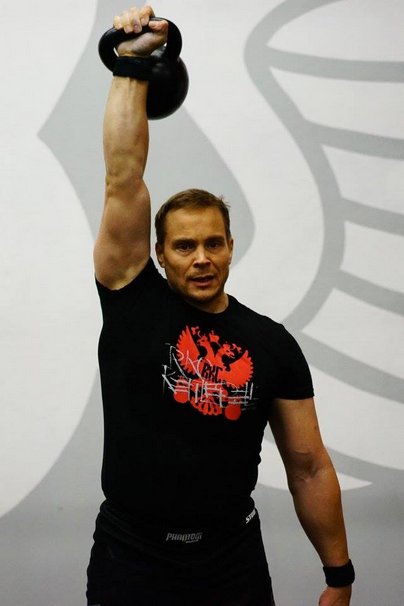 Snatch as precisely as Swiss Clockwork
Snatch as precisely as Swiss Clockwork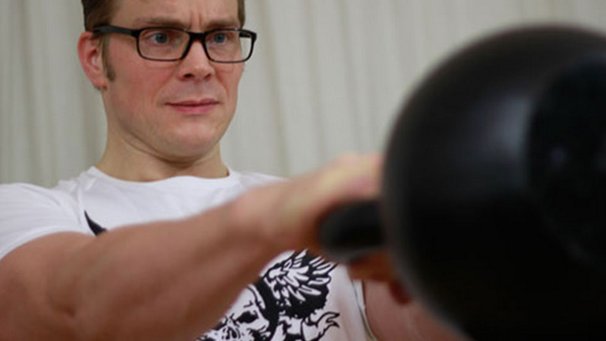
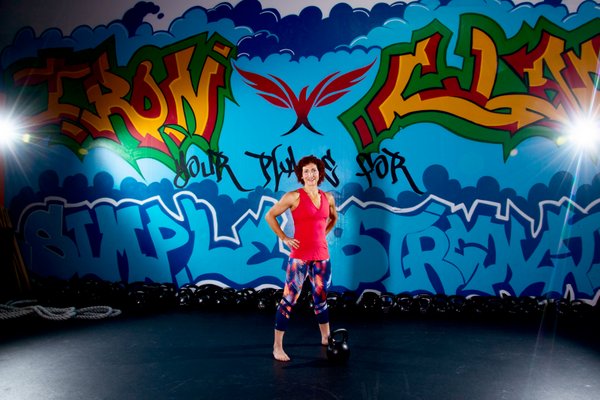
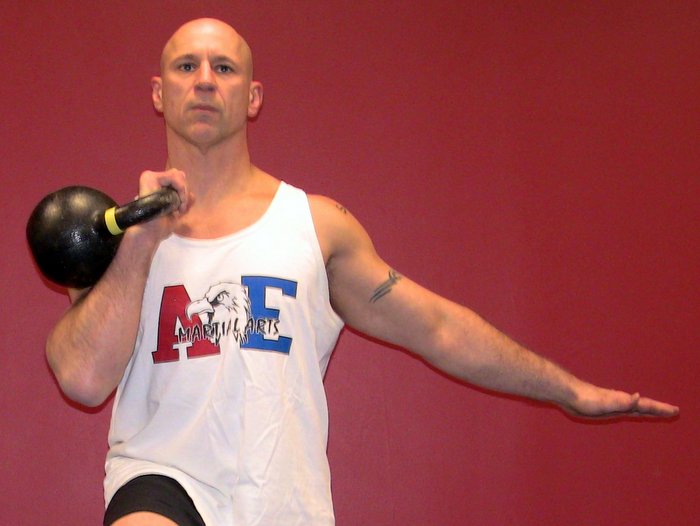
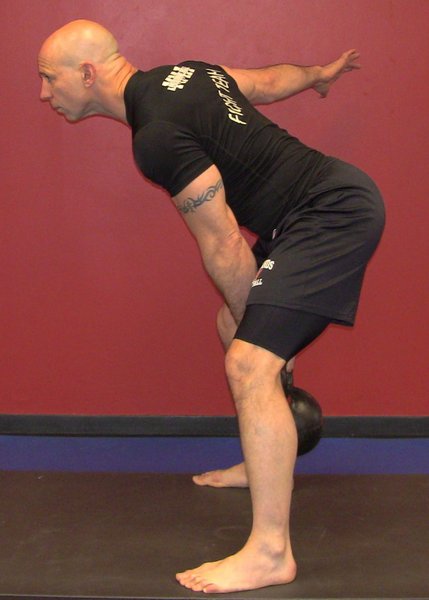 Perform these as one big complex, moving from one exercise to the next without rest. Take a one minute rest period between the rotations. This is a great method for prepping for your
Perform these as one big complex, moving from one exercise to the next without rest. Take a one minute rest period between the rotations. This is a great method for prepping for your 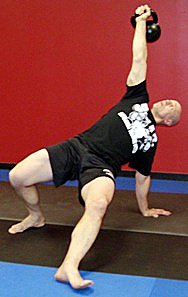 Get-Up Pyramid. Begin with your snatch test size kettlebell. Perform 5 reps on each side. Move up to the next sized kettlebell and do 4 reps on each side. Repeat this with 3 reps at with a heavier kettlebell, 2 reps with the next heavier kettlebell and then one rep with the heaviest kettlebell you are able to use. Once you’ve gone up, go down repeating the sequence in reverse. This will yield 60 repetitions. If you are not able to increase on every set, use good judgment and only use a kettlebell that you are able to safely perform the get-ups with proper form.
Get-Up Pyramid. Begin with your snatch test size kettlebell. Perform 5 reps on each side. Move up to the next sized kettlebell and do 4 reps on each side. Repeat this with 3 reps at with a heavier kettlebell, 2 reps with the next heavier kettlebell and then one rep with the heaviest kettlebell you are able to use. Once you’ve gone up, go down repeating the sequence in reverse. This will yield 60 repetitions. If you are not able to increase on every set, use good judgment and only use a kettlebell that you are able to safely perform the get-ups with proper form.
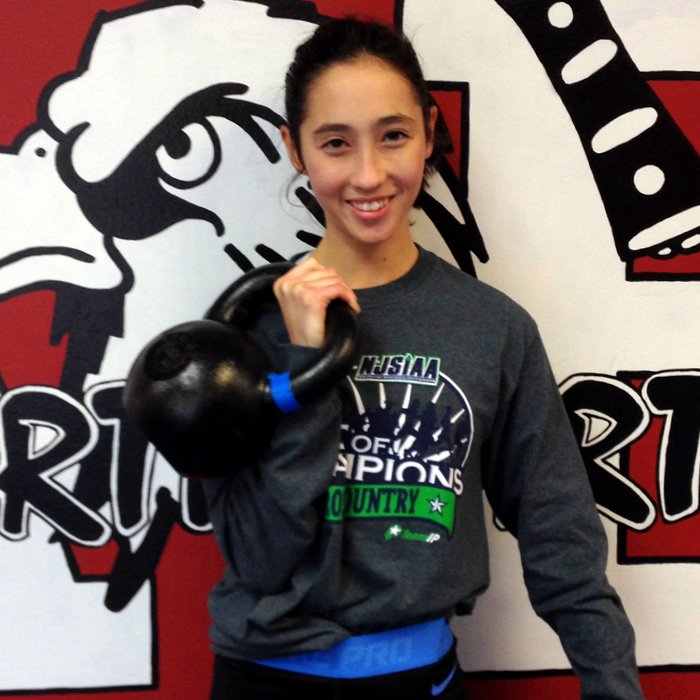

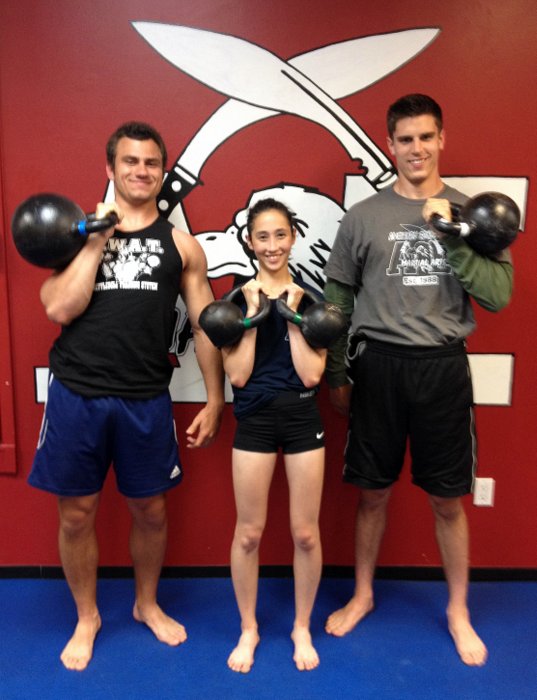
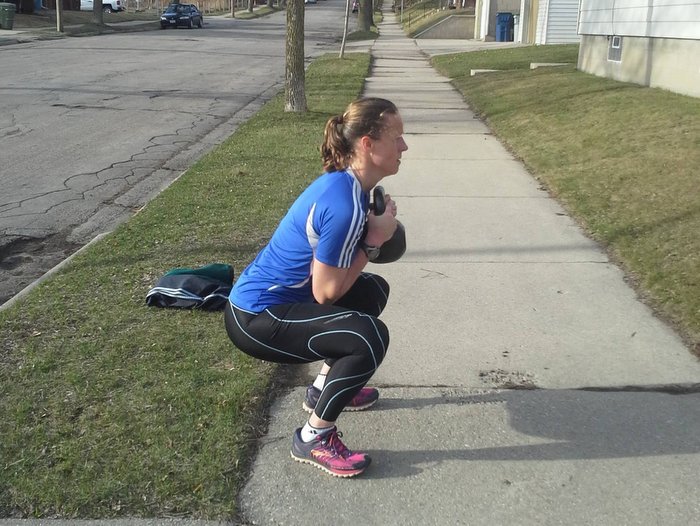
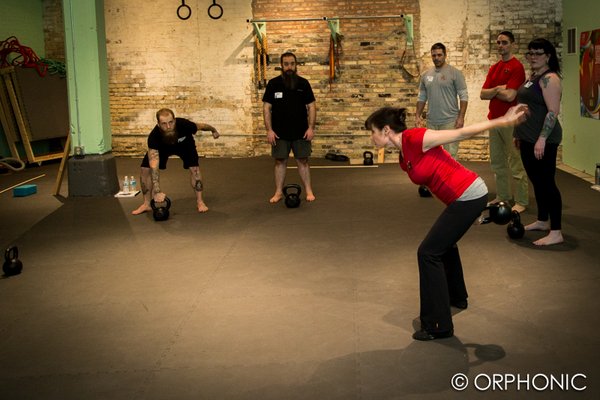
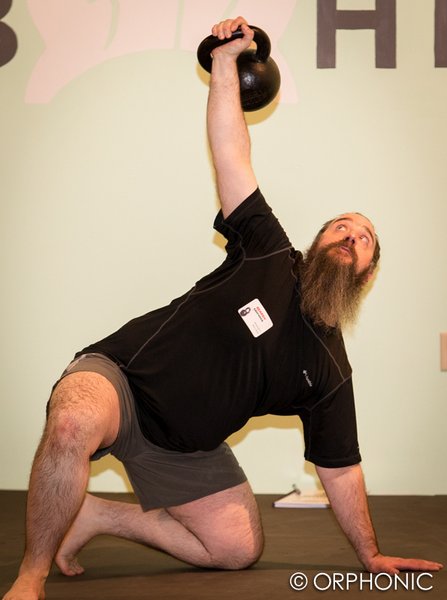
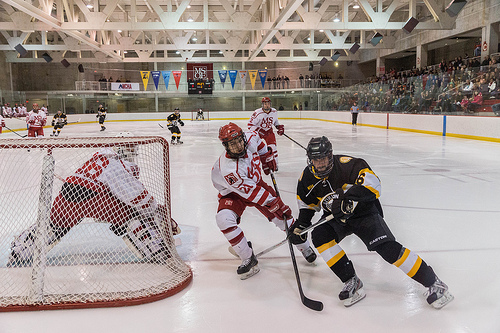
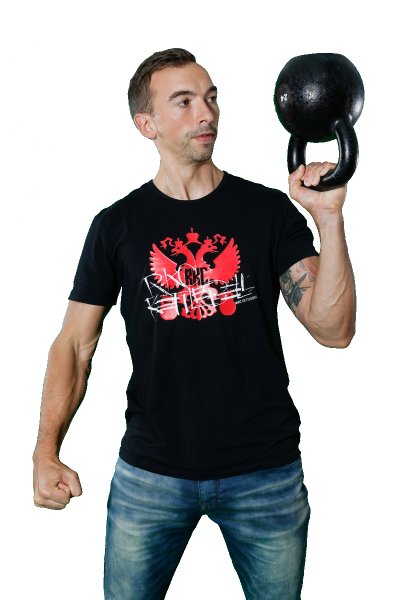
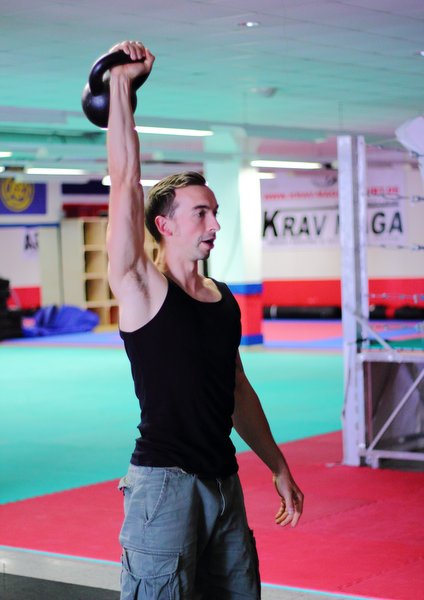
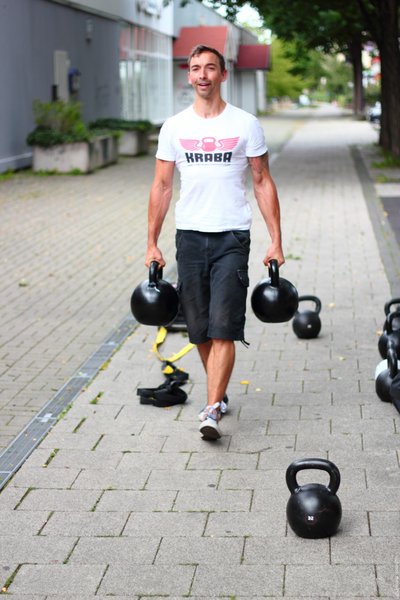
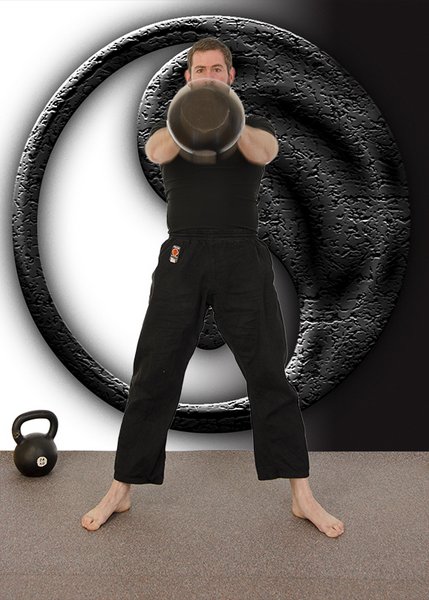 I was introduced to this term years ago when I worked as an IT Consultant for a German automotive supplier. I learned that it was this ancient Japanese concept that transformed Toyota from a small and inefficient car manufacturer into the de facto worldwide industry leader in production efficiency and accuracy. Today virtually all major car manufacturers use the Just in Time concepts invented by Toyota to produce their products. These concepts can save tons of money in production costs while maximizing quality at the same time.
I was introduced to this term years ago when I worked as an IT Consultant for a German automotive supplier. I learned that it was this ancient Japanese concept that transformed Toyota from a small and inefficient car manufacturer into the de facto worldwide industry leader in production efficiency and accuracy. Today virtually all major car manufacturers use the Just in Time concepts invented by Toyota to produce their products. These concepts can save tons of money in production costs while maximizing quality at the same time.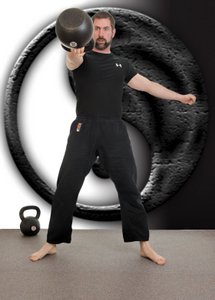 Kaizen and the Hardstyle Kettlebell
Kaizen and the Hardstyle Kettlebell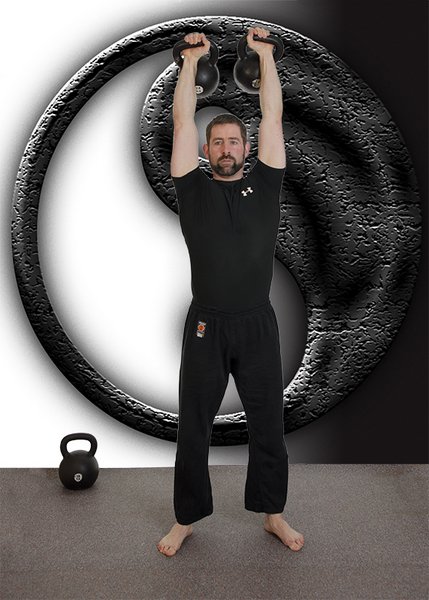
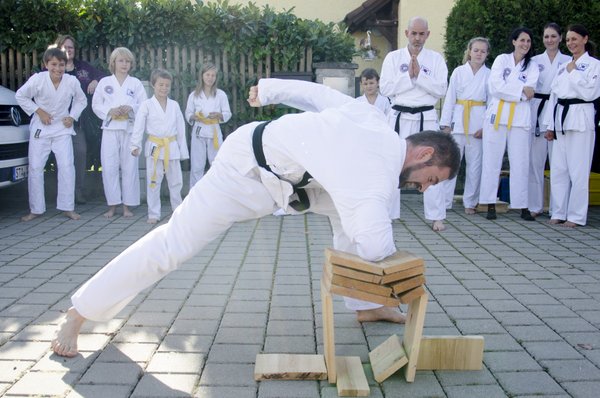
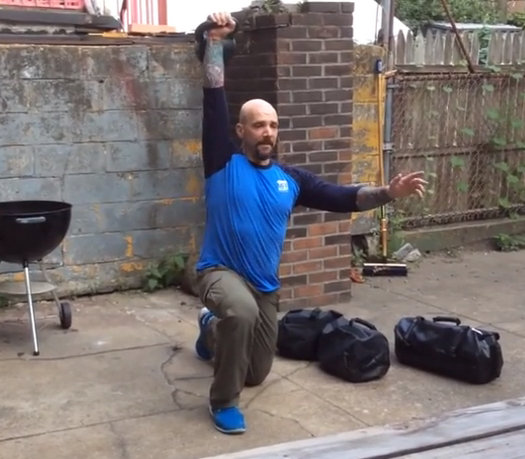
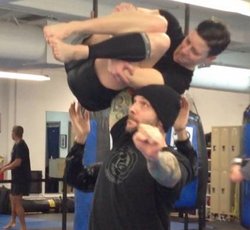 Personally, I find the three hardest parts of a get-up (regardless of weight) to be the initial roll to elbow, the half kneeling to stand and the final roll from elbow to your back. Whether it’s a
Personally, I find the three hardest parts of a get-up (regardless of weight) to be the initial roll to elbow, the half kneeling to stand and the final roll from elbow to your back. Whether it’s a